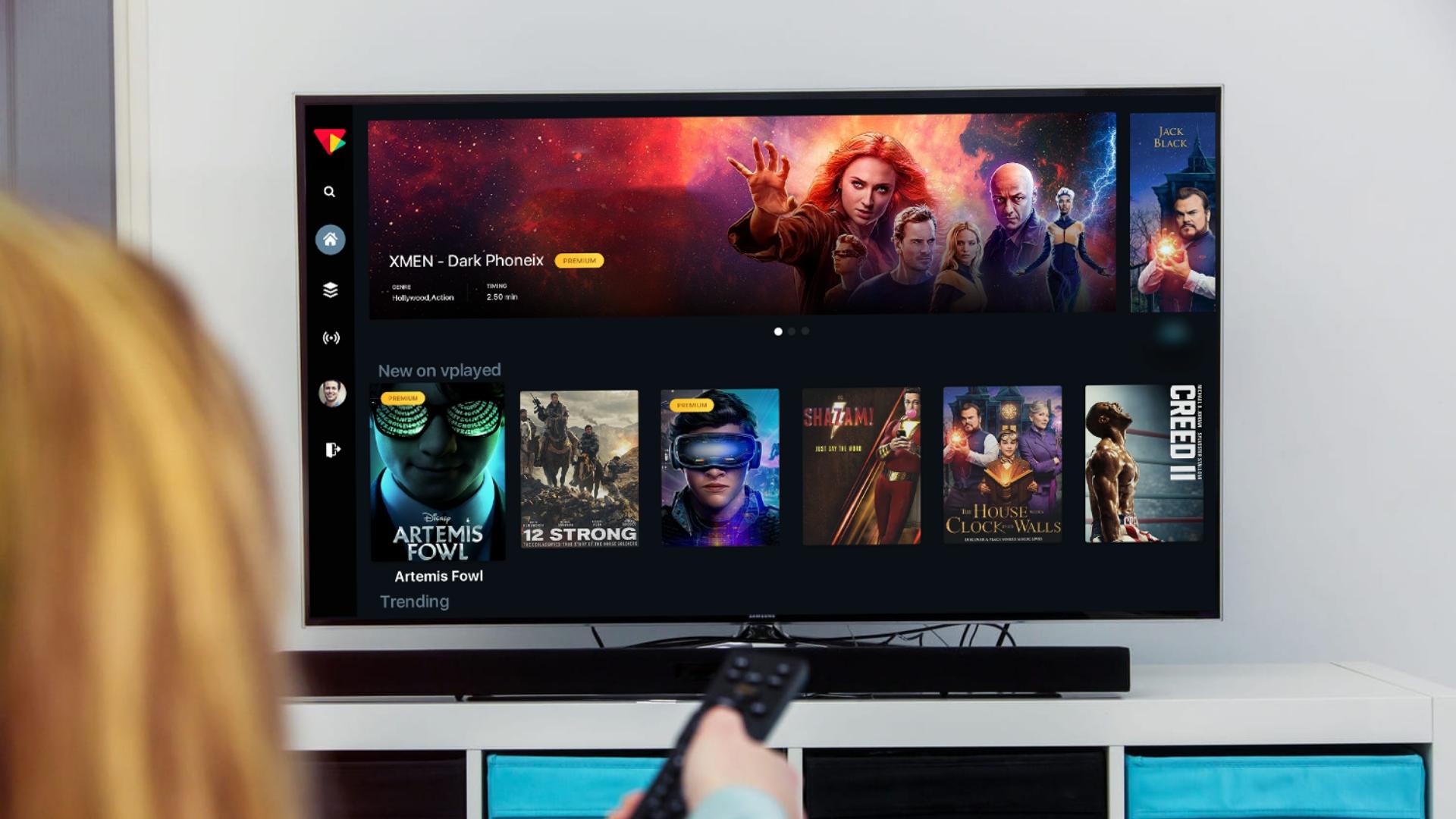Apollo Group Tv - Truths
Apollo Group Tv - Truths
Blog Article
Things about Apollo Group Tv
Table of Contents6 Easy Facts About Apollo Group Tv ExplainedFacts About Apollo Group Tv RevealedSome Of Apollo Group TvThe Greatest Guide To Apollo Group Tv
In this situation, instead of having three-minute business areas during a 30-minute television program, TV programs may alter to one where a consumer will be required to have a month-to-month membership, so that they cen sight targeted banner ads. This type of advertising and marketing already happens on the net, and the quantity of data television business collect permits them to do much the same.Define the major patterns amongst the broadcasting and cable television networks. Popular radio reveals such as police drama Dragnet and western cowboy series Gunsmoke were adapted for television, and brand-new TV programs were sponsored by single advertisers, just as radio shows had actually been.
Today, the tv market is far more intricate. Programs are sponsored by multiple marketers; programs is controlled by significant media empires; and the three major networks no longer dominate the airwaves yet instead share their customers with countless wire networks. Several aspects represent these fads within the market, consisting of technical developments, federal government guidelines, and the creation of brand-new networks.

Apollo Group Tv Fundamentals Explained
Even public tv has actually come to be based on the influence of advertising. Developed in 1969, (PBS) created out of a record by the Carnegie Compensation on Educational Tv, which checked out the role of academic, noncommercial television on culture. The report suggested that the federal government money public tv in order to give variety of shows throughout the network eraa solution created "not to market items" however to "boost citizenship and public service (McCauley, 2003)." Public television was additionally meant to give universal access to television for customers in country areas or viewers that can not afford to pay for personal tv solutions.
The period in between 1950 and 1970 is historically acknowledged as the. In addition to a tiny section of airtime regulated by public tv, the three major networks (referred to as the Big 3) controlled the tv industry, collectively accounting for greater than 95 percent of prime-time viewing. In 1986, Rupert Murdoch, the head of international firm Information Corp, launched the Fox network, testing the dominance of the Big 3.
Targeting young and minority target markets with shows such as Buffy the Vampire Killer, Moesha, Dawson's Creek, and The Wayans Bros., the new networks intended to draw stations far from their old network associations. Nevertheless, rather than duplicating the success of Fox, UPN and WB had a hard time to make an impact. Unable to bring in several affiliate terminals, both fledgling networks got to less families than their larger competitors due to the fact that they were impossible in some smaller sized cities.
This decision led the method for the development of cord motion picture networks, contributing to the rapid development of cable in the 1980s and 1990s. apollo group tv app. Further deregulation of wire in the 1984 Wire Communications Policy Act eliminated constraints on cable television rates, allowing drivers to bill what they desired for cord solutions as long as there worked competition to the solution (a criterion that over 90 percent of all wire markets might fulfill)
Getting The Apollo Group Tv To Work

Having created the first "superstation," Turner Discover More Here expanded his realm by establishing 24-hour information network CNN in 1980. At the end of the year, 28 national shows solutions were available, and the wire revolution had begun. Over the next decade, the sector went through a duration of quick development and popularity, and by 1994 audiences could choose from 94 fundamental and 20 premium cable television solutions.
Number 9 - https://www.ted.com/profiles/47980786/about.16 Raised competitors from wire networks has actually caused a consistent decline in the networks' audience rankings. During the 1950s, the price of creating a single television program raised as programs ended up being much longer and manufacturing expenses soared. Sponsorship on network television changed from solitary sponsorship, in which a program was completely supported and generated by one advertiser, to multiple sponsorship, in which marketers acquired 1- or 2-minute areas on the show
Select one of the Big Four networks and publish out its weekly programs schedule. Watch the network's prime-time programs over the course of a week, keeping in mind the target group for each show.
Little Known Questions About Apollo Group Tv.

Straight TV, commonly described as typical program television, includes wire and satellite television. It's called "direct" because content complies with an established shows schedule, unlike on-demand content which the individual audience makes a decision to view based upon their very own preferences and timetable. When you ask, "What is straight Television?", believe of it as the traditional method of seeing TV that has actually been around for years.
Report this page